Search Images
Browse Content (p. 145)
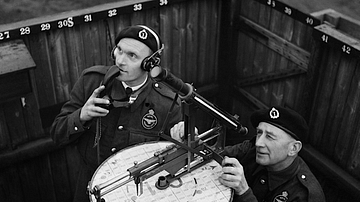
Image
Observer Corps Members Sighting Enemy Aircraft
A photograph showing members of the British Royal Observer Corps and the equipment they used to measure the altitude and position of incoming enemy aircraft during the Second World War (1939-45). The observers were an important element of...
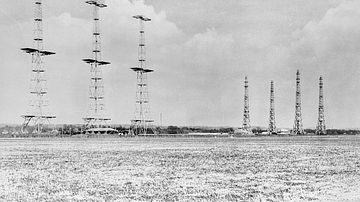
Image
Chain Home Radar Towers
A number of Chain Home radar towers, used by Britain to detect enemy movements during the Second World War (1939-45), particularly as part of the Dowding System during the Battle of Britain of 1940. These towers were at Poling in Sussex...
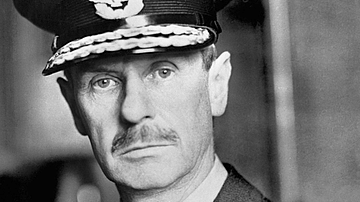
Image
Air Chief Marshall Hugh Dowding
Air Chief Marshall Hugh Dowding (1882-1970), Commander-in-Chief of RAF Fighter Command during the Battle of Britain of 1940.

Image
Battle of Guilford Court House
Line of American soldiers at the Battle of Guilford Court House (15 March 1781). Artwork by H. Charles McBarron, from Soldiers of the American Revolution, c. 20th century.
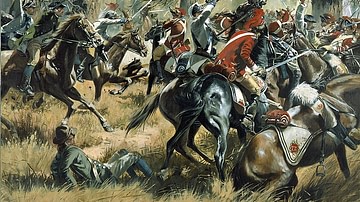
Image
The Battle of Cowpens
The climactic cavalary fight at the end of the Battle of Cowpens (17 January 1781). By Don Troiani, March 2004.

Image
St. Mary's Church, Melton Mowbray
Saint Mary's Church, Melton Mowbray, UK.
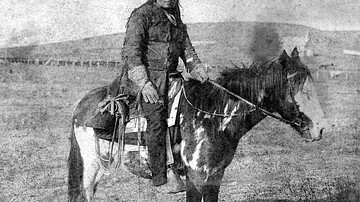
Image
Lakota Sioux Warrior Rain-in-the-Face on Horseback
Lakota Sioux warrior Rain-in-the-Face (Ité Omáǧažu) on horseback, photograph by D. F. Barry, c. 1880-1890.
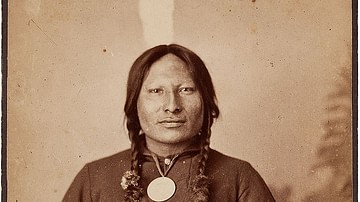
Image
Sioux Warrior Rain-in-the-Face
Sioux warrior Rain-in-the-Face, photographed by Orlando Scott Goff in 1874 while incarcerated at Fort Abraham Lincoln in Dakota Territory.
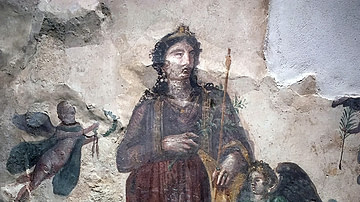
Image
Venus and Eros, Pompeii
Pompeian Venus with Eros (detail). Fresco from Pompeii (Taberna delle Quattro Divinità (IX, 7, 1).
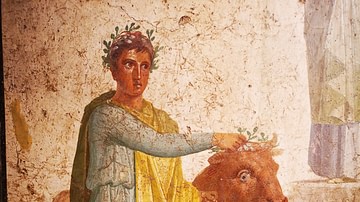
Image
Pelias Recognizes Jason, Fresco from Pompeii
Pelias recognizes Jason, fresco from Pompeii, 1st century CE, Exhibition: Medea's Love and the Hunt for the Golden Fleece (2018-2019), Liebieghaus Skulpturensammlung, Frankfurt am Main